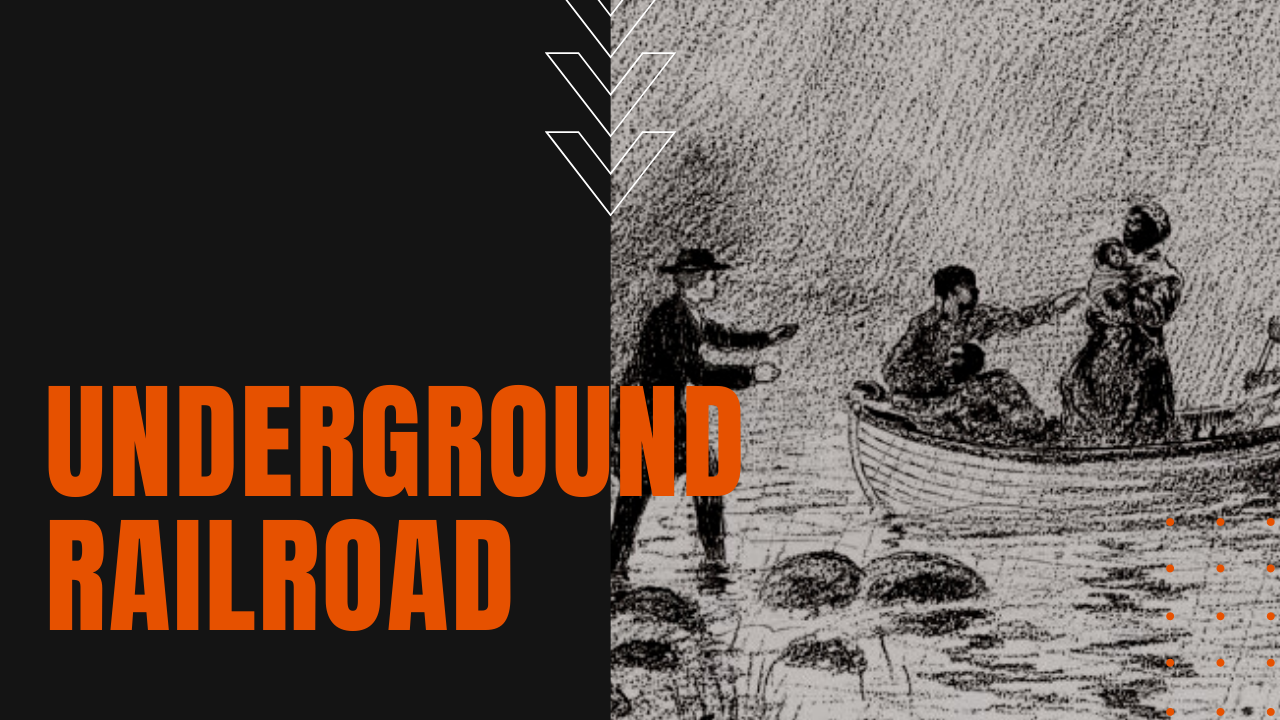The Underground Railroad

Before America went to war with herself over the issue of slavery, free-born blacks, white abolitionists, former slaves and Native Americans created a system of safe houses and travel routes that helped southern blacks find freedom in the Northern Free States, Canada and Mexico.
Using railroad terminology to further obscure the trail of escaping slaves, the Underground Railroad consisted of guides known as “Conductors,” who helped “Shepherds” or “Passengers,” as an escaping slave was known, travel from one “Station” or safe house to the next.
Enslaved people would obtain a “ticket” or entry nod into the system of safe houses, while “station masters” hid “Passengers” in their homes. In keeping with the railroad terminology of the day, secret financial benefactors for the Underground Railroad were known as “Stockholders.”
Decentralized Network of Trust
The Underground Railroad lacked any notion of a headquarters, nor were there any published guides, maps or pamphlets—just a series of meeting points, secret travel routes, transportation options and stations, every aspect of its operation communicated solely by word of mouth.
Due to heavy lobbying by Southern politicians, the Compromise of 1850 included the stringent Fugitive Slave Law, which compelled officials in free states to assist slave catchers. Because the law required sparse documentation to claim a person was a fugitive, slave catchers routinely kidnapped freed blacks, especially children, and sold them into slavery.
The law deprived people suspected of being slaves the right to defend themselves in court, making it nearly impossible for freed blacks to prove their status. To make matters worse, crooked judges routinely profited from de facto bribes, receiving higher fees for a decision that confirmed a suspect as a runaway slave and a lesser amount for a ruling that the suspected runaway was indeed a free person.
Night Train Towards Freedom
To reduce the risk of infiltration, many people associated with the Underground Railroad knew only their lone part of the operation and not the whole scheme. Passengers traveled at night from station to station, which were usually spread out in 10 to 20-mile intervals.
Passengers would then rest during the day in their given station, which were frequently located in barns, under church floors, caves and tunnels or hollowed-out riverbanks. Over the course of the Underground Railroad’s existence, widely variant estimates indicate that no less than 30,000 slaves were ushered north to freedom, while higher estimates put the number closer to 100,000.
During its peak years of operation, numerous black Canadian communities developed in Southern Ontario, Toronto and Windsor, making the Underground Railroad a well-traveled pathway to freedom for people escaping injustice.
